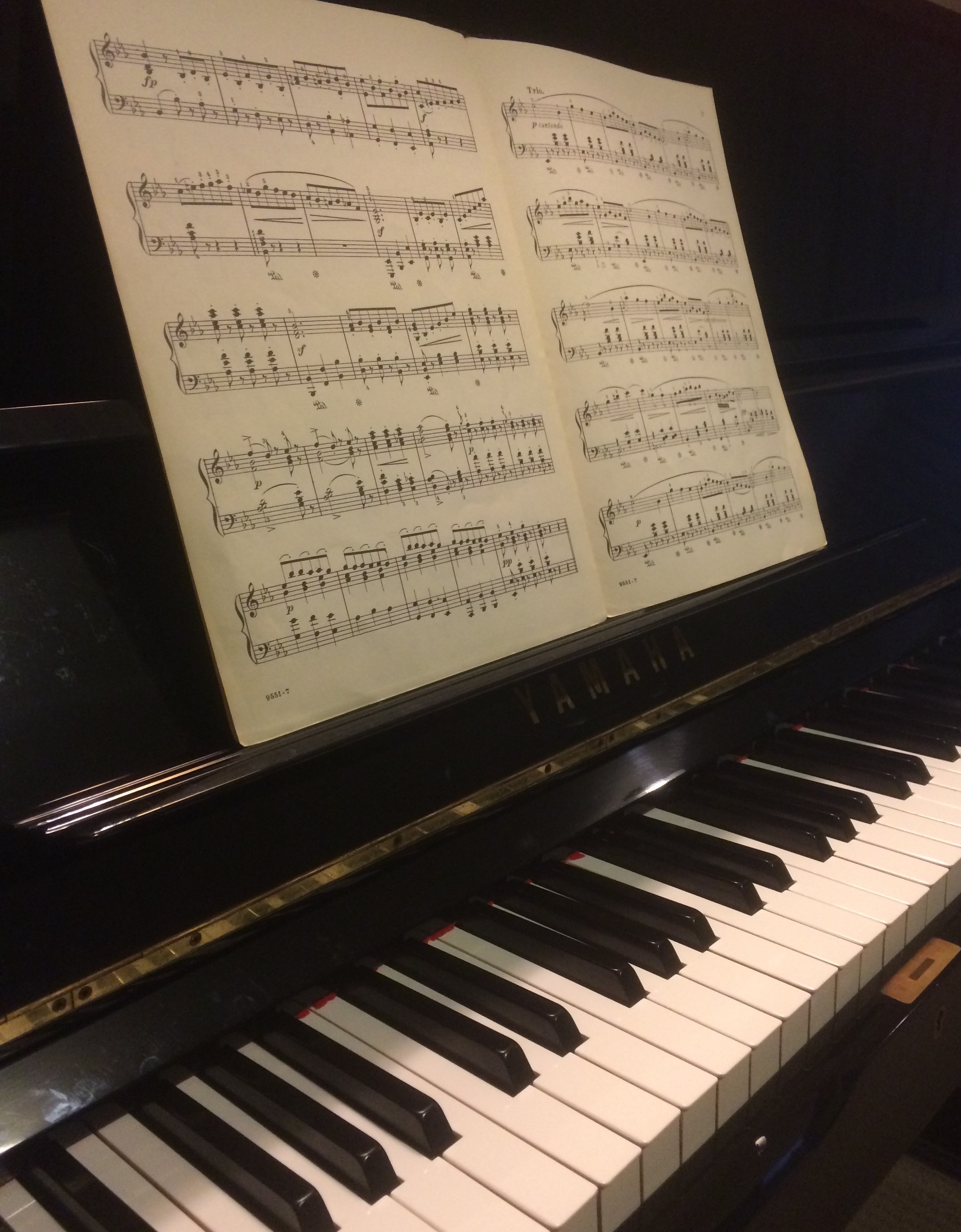In music, there is two ways of expressing chords. The first is to put the notes together on a musical stave, so essential you are reading musical notation. The second way, which is very popular, especially among those who can’t read music , is to use a system of letters, numbers, and sharp, flat and natural symbols.
To start with, there is a letter, often a capital letter and this signifies that the chord is based on this particular note, so a ‘C ‘ will indicate that the chord is based on the C.
Next comes either ‘M’ or maj, to indicate that the chord is major. A lower case ‘m’or min indicates that it is a minor chord. You can also aug, for augmented, dim for diminished and dom for dominant (this usually precedes a 7 to indicate a dominant 7th chord). On occasion, you can get 1/2 written before the chord type as there is such a thing as half diminished. If the chord doesn’t have a ‘M’ or ‘m’ or the abbreviated words already mentioned, then you can presume that the chord is major.
Sometimes the chord symbol has no other information, so it is considered to use the base note of the chord (which is indicated by the first letter). You then add another note, being a third above the base and then you add a fifth above the base. This is your basic chord and unless indicated otherwise, these are the three notes you play.
In some circumstances, there will be a final number at the end. In these cases, it is often a 7 (which means that you add the seventh note above your base note). Sometimes I have seen a 4, (which is and added 4th note above the base note). Other numbers are possible, although they are much less common than a 7.
A sharp, flat or natural symbol is needed at times, to help indicate what the base of the chord is. For instance, you can’t just use a C if you are meaning C♯.
If you have been following along, you should realize that there are 2 or 3 parts to a chord symbol. The first part is a note name, that indicates the base note of the chord. The next part either has ‘M’, ‘m’, or a 3 letter abbreviated word. This part indicates the type of chord that is to be played. The third part, if it is there, indicates whether there is an added note to the chord.
I hope this helps.
